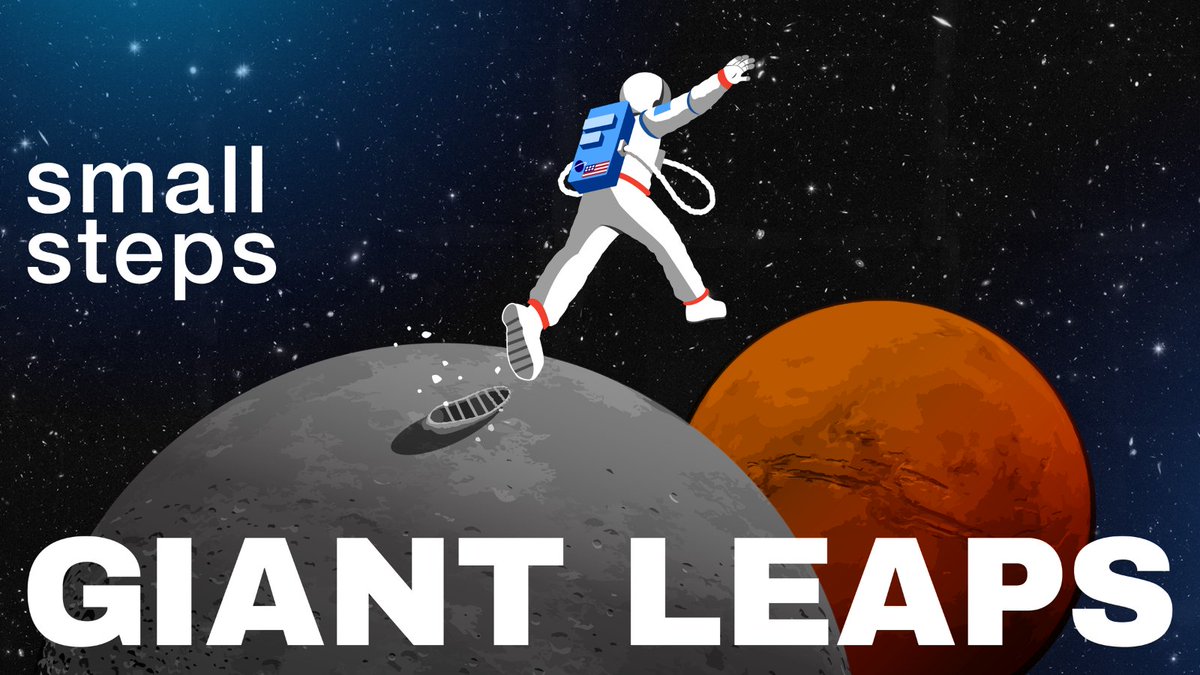
Your backstage pass to the universe and how NASA studies it.
Verification: https://t.co/8yJgpYaajm
How to get URL link on X (Twitter) App


 Launched from Cape Canaveral on Sept. 20, 1979, HEAO 3 (known as HEAO C before launch) was the last in a series of @NASA spacecraft designed to study X-rays, gamma rays, and cosmic rays from intriguing sources observed for the first time in the 1950s and 60s.
Launched from Cape Canaveral on Sept. 20, 1979, HEAO 3 (known as HEAO C before launch) was the last in a series of @NASA spacecraft designed to study X-rays, gamma rays, and cosmic rays from intriguing sources observed for the first time in the 1950s and 60s. 







 Star clusters are divided into a few different types, based on how many stars are in a cluster and how tightly they’re bound by gravity. Stars in clusters typically have a shared origin, and they can live very close together or can be spread out over hundreds of light-years. 2/6
Star clusters are divided into a few different types, based on how many stars are in a cluster and how tightly they’re bound by gravity. Stars in clusters typically have a shared origin, and they can live very close together or can be spread out over hundreds of light-years. 2/6 





 A black hole’s “surface” is its event horizon. Inside this boundary you’d have to go faster than light, the fastest thing in the universe, to escape the black hole. 2/6
A black hole’s “surface” is its event horizon. Inside this boundary you’d have to go faster than light, the fastest thing in the universe, to escape the black hole. 2/6




 The larger of the two stars in Eta Carinae is a luminous blue variable about 90 times the mass of our Sun. Though rare now, we think these “superstars” were common in the early universe, when they were fundamental in forming the first black holes.
The larger of the two stars in Eta Carinae is a luminous blue variable about 90 times the mass of our Sun. Though rare now, we think these “superstars” were common in the early universe, when they were fundamental in forming the first black holes.